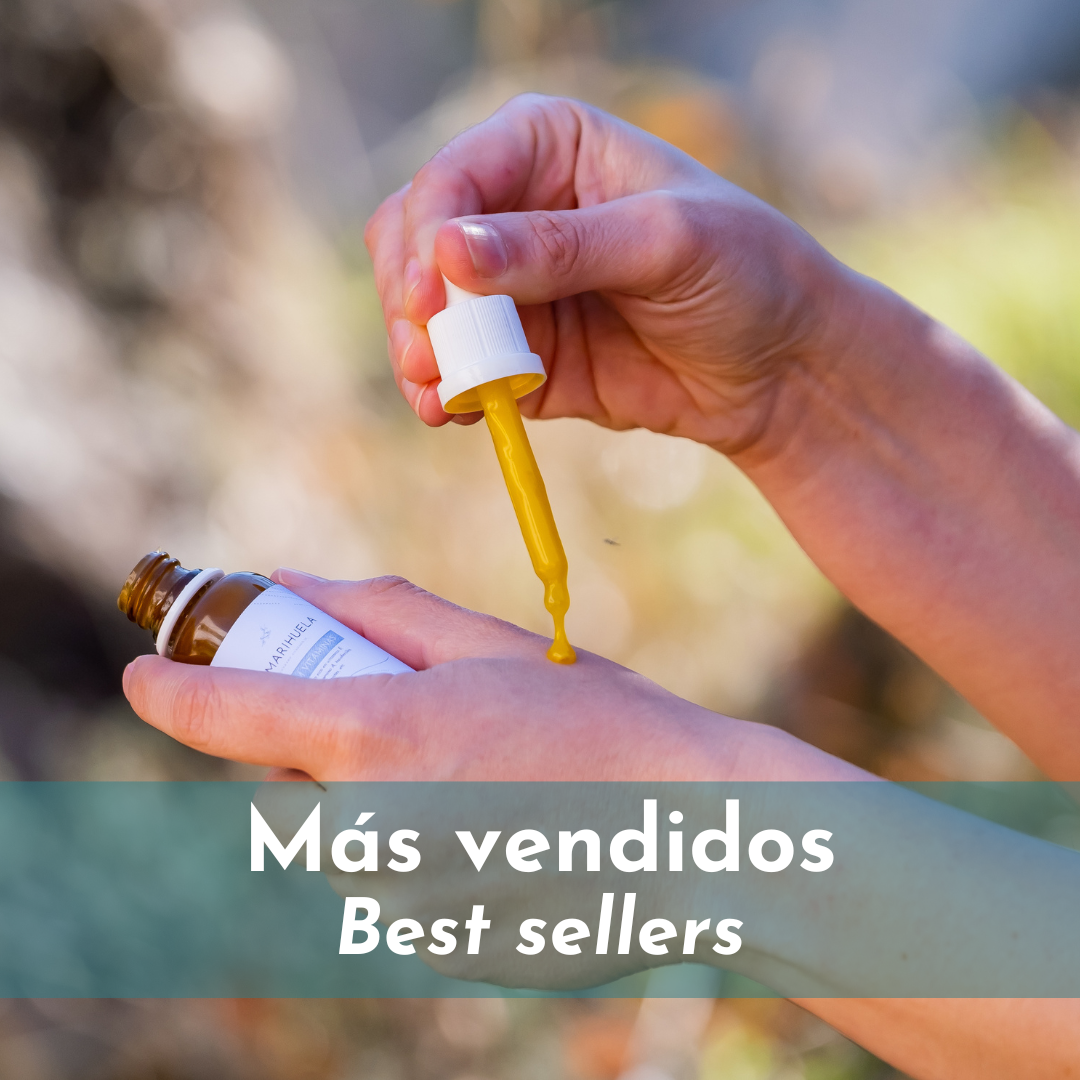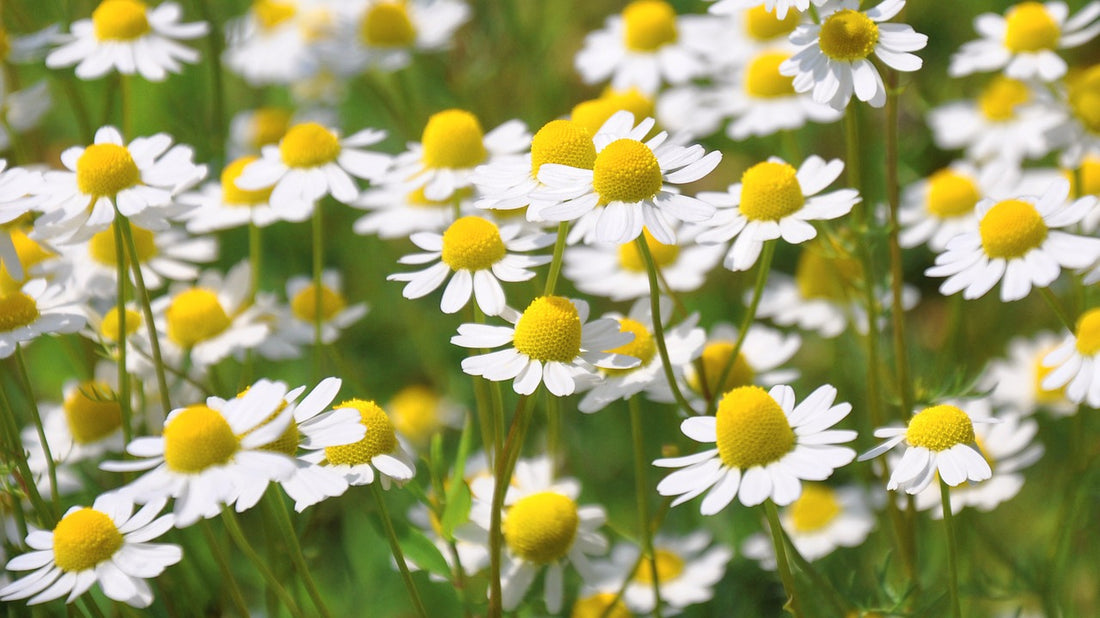Popular culture
The chamomile that we usually find in Castilla La Mancha in particular, and in Spain in general, is also called: chamaemelum nobile , anthemis nobilis and anthemis arvensis , among other meanings. Among its popular names are: Roman chamomile , bitter chamomile , prao chamomile or edge chamomile , among others. It is a perennial herb of the Asteraceae family, native to Europe. Chamomile belongs to the popular medicinal culture and certain properties are attributed to it.
Although popular medicine is known as the "medicine of the poor", it has an ancient tradition and is part of the popular culture that has been transmitted from generation to generation. However, in the case of chamomile, its properties are supported by various scientific studies, some of which we have consulted for this publication and which you can see in the "References" section.
Popular culture tells us that chamomile has antispasmodic properties (for digestive tract contractions), anti-cold and flu , anti-inflammatory , antiseptic (with bactericidal action like other plants rich in essential oils), carminative (favors the expulsion of retained gases in the intestinal tract), healing , digestive , ophthalmological (for certain eye conditions), sedatives , vermifuges (for the treatment of intestinal parasites, favoring their expulsion) and vulnerary (for wound healing).

What does science say?
There is an extensive scientific bibliography that attributes to anthemis nolibilis properties such as: antibacterial , antifungal , insecticidal , hypotensive , antiplatelet aggregation , anti-inflammatory , hypoglycemic , antioxidant , calming (acts on the nervous system), cytotoxic , bronchodilator , etc. The references are countless.
For example, we can find multiple references to its properties taken orally: antispasmodic , digestive , anti-inflammatory and sedative . And applied locally as a skin anti-inflammatory .
We also find references related to its cosmetic use. The flower of the anthemis nobilis contains a large amount of flavonoid compounds such as apigenin, apigenin-7-glucoside, luteolin and quercetin, which gives it antioxidant properties. In fact, in the database of the European Commission of cosmetic substances and ingredients ( COSING ) the functions of conditioning the skin , perfume and masking (odor and taste) are recognized.
On the other hand, chamomile essential oil is hypoallergenic , being very beneficial for very sensitive skin affected by acne or dermatitis .
Specifically, the properties of the essential oil for cosmetic and therapeutic use are referred to by various manufacturers and scientific publications, and can be summarized as follows:
- Topically: anti-inflammatory , antioxidant , toning , skin care , soothing , treatment of minor skin conditions , such as inflammation and irritation of the skin and mucosa (cracks in the skin, bruises, frostbite and insect bites). .
- For the eyes: protective and calming (anti-inflammatory) and soothes discomfort due to eye irritation (eg conjunctivitis).
- For hair: conditioner and lightener/illuminator .
- Stress reducer , treatment of restlessness and in mild cases of insomnia due to nervous disorders.
- Perfume (both as an ingredient in cosmetic products and in perfumery products).
- Taste masker (used, for example, in toothpaste)
Sources:
Ethno-pharmacological study of three mountain areas of Castilla La Mancha , University of Murcia, 2002.
Natural resources and ethnobotany, uses and exploitation of the plants of the Cañada Real Segoviana in Toledo . Provincial Council of Toledo. 2011
Guide to the medicinal plants of Castilla-La Mancha (and other resources of traditional medicinal uses ). Altaban Editions. 2008
Protection of plant diversity and plant genetic resources in Castilla-La Mancha. Albacete Studies Institute "Don Juan Manuel". Albacete Provincial Council. 2011.
MEDICAL IMPORTANCE OF ANTHEMIS NOBILIS (CHAMAEMELUM NOBILE) – A REVIEW . Asian Journal of Pharmaceutical Science & Technology. Vol 6|Issue 2| 2016 |89-95
WHO monographs on selected medicinal plants. Volume I. WHO, World Health Organization. Geneva. WHO monographs 1999.
W HO monographs on medicinal plants commonly used in the Newly Independent States (NIS). WHO, World Health Organization. WHO monographs. 2010
Community herbal monograph on Chamaemelum nobile . EMA – Committee on Herbal Medicinal Products (HMPC). 2011
Flavonoids In Today's Cosmetology . https://www.personalcaremagazine.com/ . 2009
Consoling Stressed Skin . https://www.skininc.com/ . 2009
Other websites consulted:

